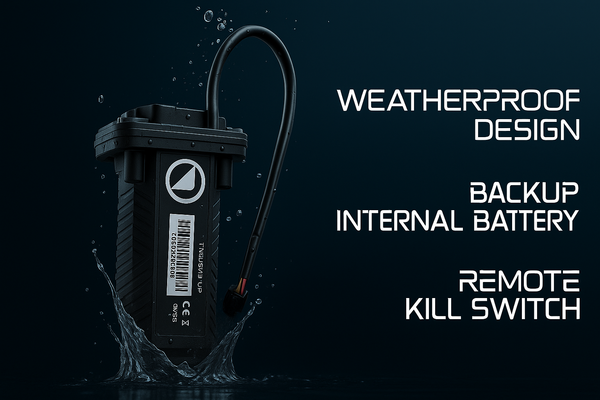No Safe Spot How GPS Locators Expose Hidden Trackers
GPS Locator devices can find hidden trackers in minutes. This guide explains what they are, how they generally work, where installers typically place trackers for reliability, and why no location is invulnerable so fleets must rely on layered protection, not a single box.
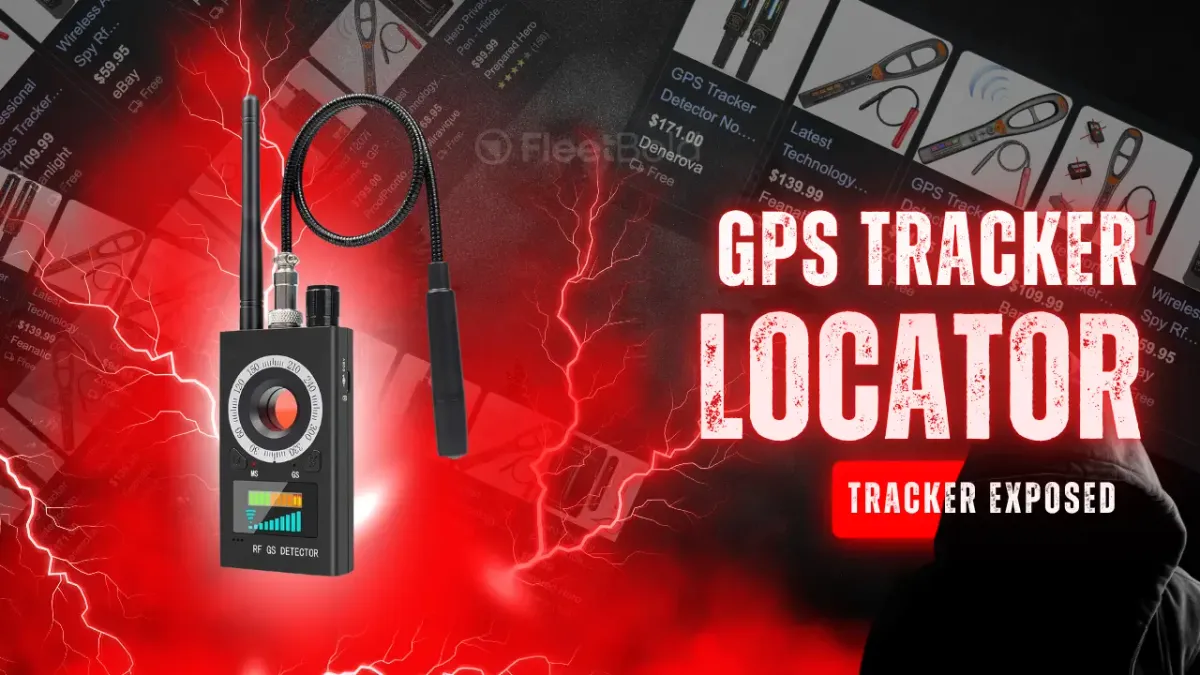
Compliance note
Educational content for awareness. Nothing here endorses or instructs illegal activity. Always follow the law and your platform’s policies.
Introduction
In Part 1 we covered jammers and why a short blackout can blind GPS and remote commands. Part 2 looks at another tool you should know exists: the GPS Locator. These handheld devices help a person find hidden trackers and other electronics. If you run a rental fleet or host on Turo, plan as if a determined criminal can both block your signal and then sweep the car to locate your hardware.
What is a GPS Locator
A GPS Locator is a handheld detector used to find hidden electronics and radio emitters. Common approaches include:
- RF detection that senses cellular, GPS uplink, WiFi, or Bluetooth activity
- Close-range receivers that pick up very near-field emissions or cable leakage
- Non-linear junction detection that responds to semiconductor junctions even when a device is not actively transmitting
- Magnetic and physical sweep tools to spot magnet-mounted modules
You don’t need model numbers to understand the risk. If a tracker is powered or wired, it leaves signatures a trained operator can follow.
How these detectors generally work
- They listen for bursts of radio energy when a device pings a network or tries to transmit data
- They react to harmonic energy from powered circuit boards at close range
- They trace wiring runs and small emissions from cables that reveal where a module sits
Outcome: quick narrowing from area, to panel, to pocket of space.
Why this matters for Turo Hosts and rental fleets
A thief can use a jammer to move the car without live location, then spend a few quiet minutes sweeping and removing the tracker. If your plan is “hide it well and hope,” your plan is fragile.
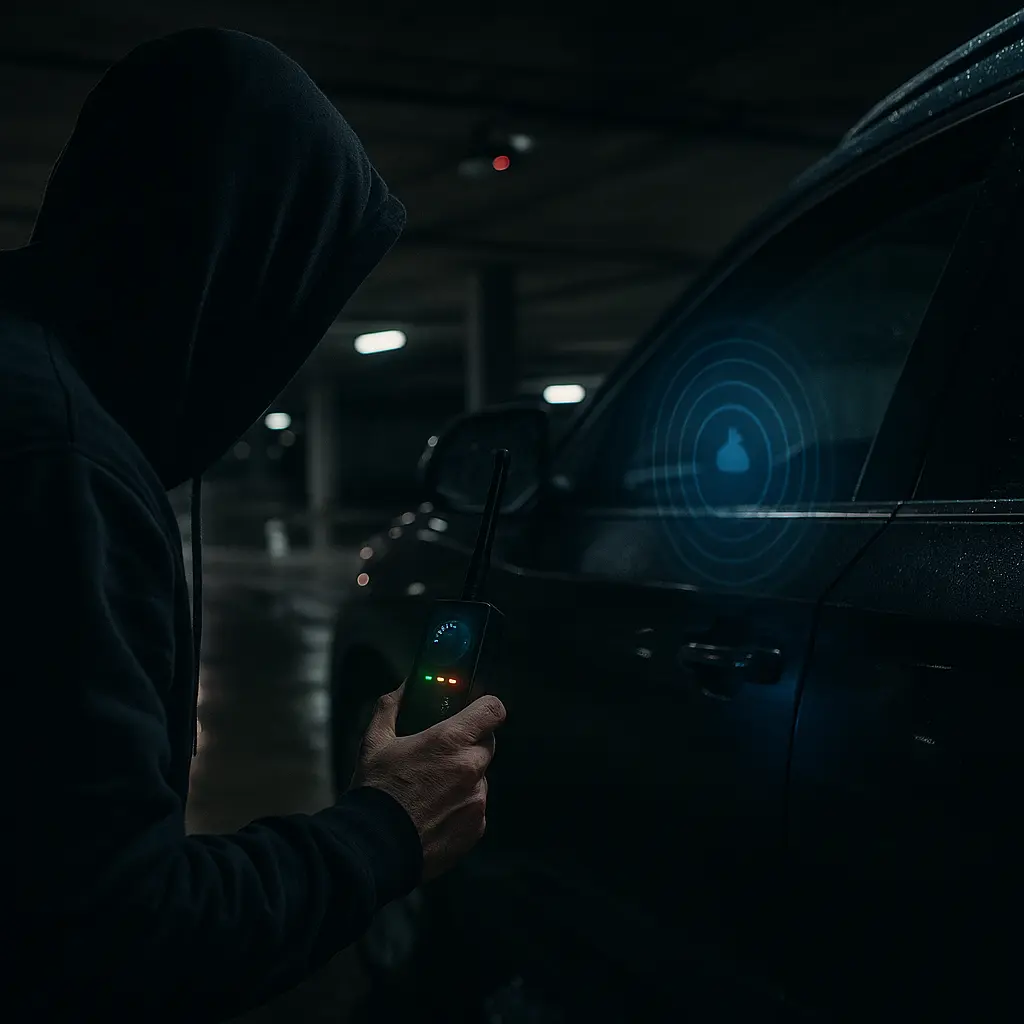
Best place to put your GPS tracker
Discuss placement with a certified installer. The goals are reliable power, reliable signal, physical protection, and low casual visibility. In practice, installers often favor:
- Interior, hard-to-access cavities with solid power and ground, away from obvious user-serviceable panels
- Locations that are protected from moisture, heat, and vibration and do not interfere with airbags or safety systems
- Spots that maintain clean sky view through glass or plastic, not buried under heavy metal shielding
- Harness integrations that don’t advertise themselves at a glance or dangle from the OBD port
Important reality check: no location is “safe” from a motivated operator using a GPS Locator device. Placement quality improves uptime and deters casual tampering, but it cannot guarantee invisibility. Treat placement as one layer in a broader security plan.
Myths versus reality
- Myth
If I hide the tracker deep enough, no one will find it
Reality
Detectors follow energy and cable patterns, not just line of sight - Myth
If my tracker sleeps most of the time, it cannot be detected
Reality
Close-range techniques can reveal powered electronics even with minimal transmissions - Myth
Battery-powered units are immune because there’s no wire to trace
Reality
Powered electronics still radiate at close range - Myth
A metal body panel makes it invisible
Reality
Metal can attenuate radio energy but does not defeat all detection methods
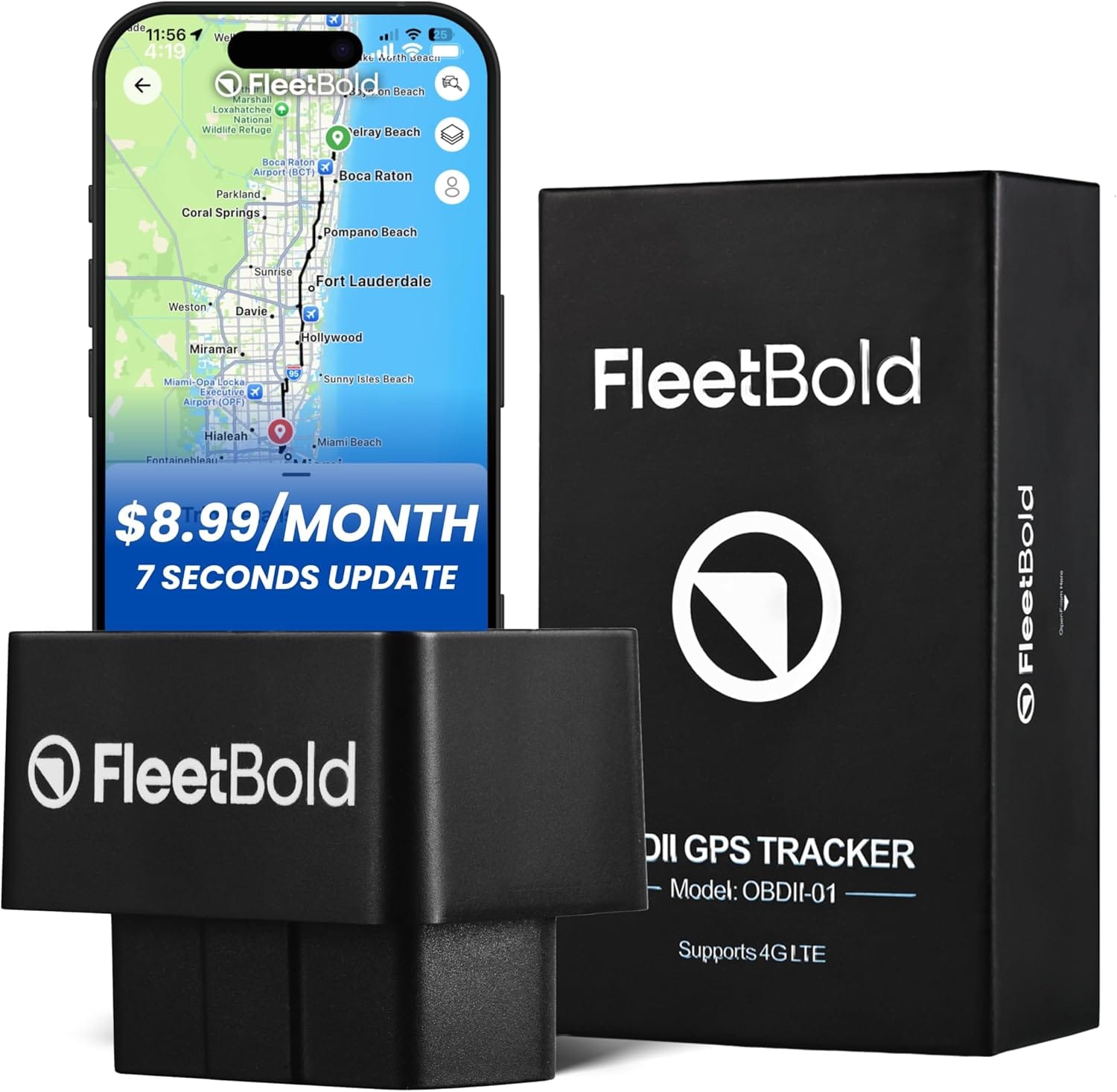
GPS Tracker for Vehicles OBD2 4G Real-Time Tracking -$8.99/month-
For Vehicles, Cars, Sedan, Trucks, Turo Hosts, Car Rentals & Fleet Operators, Plug&Play, Geo-Fence, Trip History, Smart Alerts. Global Coverage
Limits of GPS Locator devices
- False positives in noisy RF environments
- Short range for certain methods, requiring proximity and skill
- Operator experience matters a lot
Even with limits, concealment alone is not a strategy. Think in layers.
Operational impact for U.S.-based fleets and Turo Hosts
- Tracker removal early in an incident erases your breadcrumb trail
- Insurance timelines get harder when evidence gaps appear
- Support teams waste cycles on commands that will never execute because the hardware is gone
Layered protection that actually helps
High-level, lawful guidance only.
- Independent layers, not one device
Telematics plus strong identity checks, disciplined pickup/return procedures, and smart parking choices - Separate convenience from control
Remote unlock is great; recovery plans must work even without live commands - Control your handoffs
Tight windows and monitored locations reduce easy interference or sweep opportunities - Choose smarter parking
Favor well-lit, camera-covered lots with consistent coverage; rotate patterns for high-risk vehicles - Evidence discipline
Keep clean logs, identity artifacts, and timestamps to support reports and claims - Diversify telemetry where possible
Avoid assuming a single path or box solves theft
Signs a sweep or removal may have happened
- The tracker goes dark permanently while other systems are normal
- Trim, fasteners, or panels show fresh disturbance
- Short local movement followed by full disconnect and no further pings
Frequently asked questions
What exactly is a GPS Locator device
A handheld detector that helps find hidden trackers and other electronics by sensing radio energy, close-range emissions, or semiconductor signatures.
Are GPS Locator devices legal in the United States
Owning general RF detectors is typically legal. Interfering with licensed communications is illegal. Using signal jammers is illegal. Always follow the law and platform rules.
Where should I put my tracker for the best results
Work with a certified installer to select a location with reliable power, protection from the elements, and clean radio performance, inside the cabin rather than exposed, and never obstructing safety systems. Remember, no location is immune to a determined sweep.
Do anti-jam features stop GPS Locators
No. Anti-jam mitigations help against interference but do not prevent a detector from finding powered electronics.
Will two trackers solve the problem
Multiple independent systems are stronger than one, but still not a guarantee. The strength comes from layered operations, smart handoffs, and documentation.
How fast can a tracker be found
Under the right conditions, often within minutes. That is why relying only on concealment is risky.
Does a metal enclosure or hidden cavity protect me
It can reduce radio leakage, but close-range methods and physical inspection still locate devices.
What should a Turo Host do if removal is suspected
Do not confront anyone. Preserve platform messages and trip photos, document the timeline, file a report per policy, and escalate with your insurer and law enforcement.
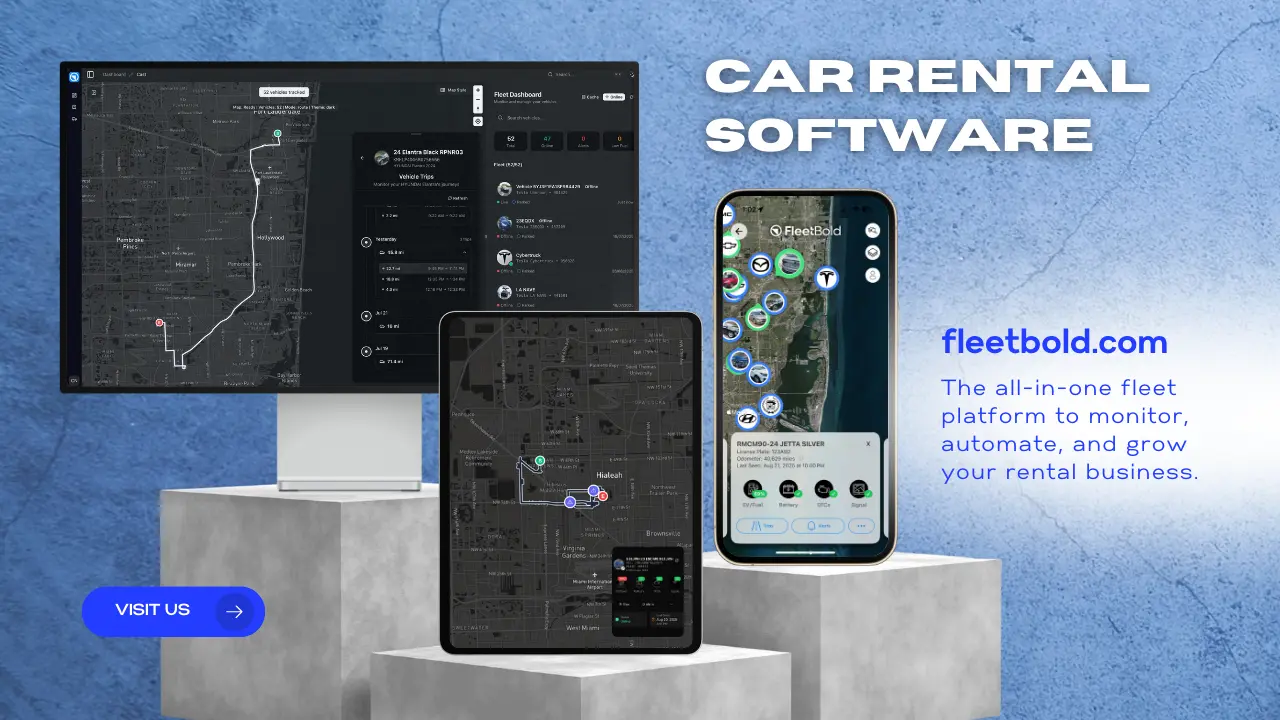
Conclusion
GPS Locators reduce the advantage of concealment. A motivated thief can first blind your signal, then sweep and remove the device. The answer is not one secret panel. It is a layered program: professional installation, disciplined handoffs, smart parking, resilient telemetry, and rigorous evidence practices.
Series navigation
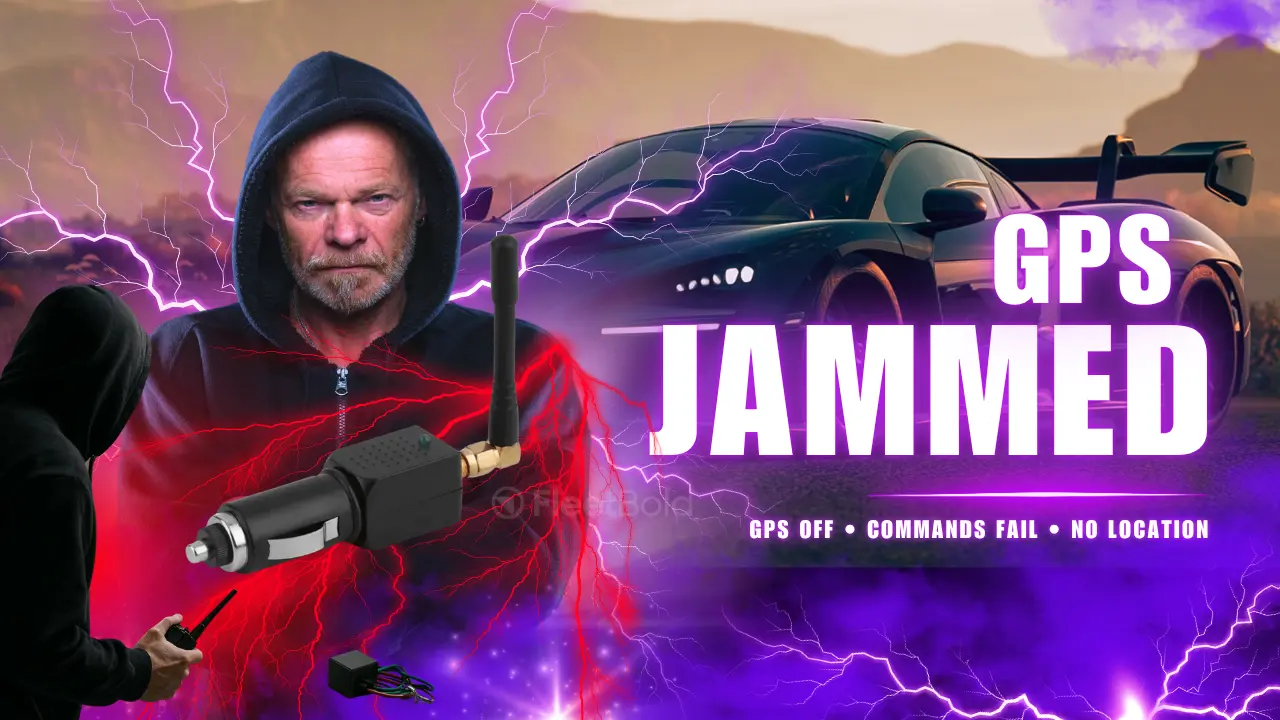
Part 1. What a jammer really does to GPS and why car rentals should care
Part 2. GPS Locator devices and what they reveal about hidden trackers
Part 3. GPS Is No Longer Anti-Theft
FAQ
What is a GPS Locator and how does it find a hidden GPS tracker in a car
A GPS Locator is a handheld detector that senses radio energy from devices like cellular GPS trackers and Bluetooth beacons and can also pick up close-range emissions from powered electronics. In practice it narrows the search from area to panel to the exact pocket of space inside the vehicle.
Are GPS Locator devices legal in the United States for car rentals and Turo Hosts
General RF detectors are typically legal to own and use. Interfering with licensed communications is illegal and using a signal jammer is illegal. Always follow federal and state law and your platform policies.
Can a GPS Locator find a tracker that is sleeping or powered off
Often yes at close range. Near-field techniques and non-linear junction detection can respond to powered circuitry or semiconductor junctions even when the tracker is quiet.
What is the best place to install a GPS tracker in a rental vehicle
Discuss placement with a certified installer who understands vehicle power, safety systems, and radio performance. Prioritize reliable power and ground, protection from heat and vibration, and a clean path for signal through glass or plastic. No location is truly safe from a determined sweep using a GPS Locator.
Do anti jam or jam resistant trackers prevent GPS Locator sweeps
No. Anti jam features help when someone tries to block radio links, but a GPS Locator targets the presence of the hardware itself. Layered security and disciplined operations are still required.
How fast can someone using a GPS Locator find a hidden tracker in a car
Under the right conditions the sweep can take minutes. The operator watches for energy spikes, follows wiring clues, and closes in with short-range methods.
Will using two GPS trackers make a Turo Host vehicle theft proof
Two independent trackers can improve visibility and redundancy but they do not guarantee recovery. A determined thief can jam signals during the first minutes and then sweep for hardware.
Does a metal body panel or a Faraday-style enclosure stop a GPS Locator from detecting a tracker
Metal can attenuate radio energy and reduce range for RF-only tools. Close-range techniques and physical inspection can still reveal devices, so treat shielding as partial mitigation not a guarantee.
What signs suggest a vehicle was swept with a GPS Locator and the tracker removed
The tracker goes dark permanently while other systems look normal. Trim or fasteners show fresh disturbance around interior panels. There is a short local movement pattern followed by full disconnect and no further pings.
What should a Turo Host or rental operator do if a tracker is likely removed
Do not confront anyone. Preserve booking messages and trip photos inside the platform, capture timestamps from telematics, open an incident per policy, and escalate with law enforcement and your insurer.
Where should Turo Hosts mention GPS Locator risk in guest communications
Keep it professional and platform compliant. Do not describe detection tools or placement details, but reinforce identity checks, pickup procedures, and the requirement to keep all communication inside the platform.
Does upgrading to 5G or adding a second SIM defeat GPS Locators
Multiple carriers and newer radios improve day-to-day reliability but a Locator focuses on the hardware itself. Redundancy helps operations yet does not prevent a determined sweep.
How does this relate to jammers mentioned in Part 1
A jammer can blind GPS and remote commands during the first minutes. A GPS Locator can then be used to find and remove the tracker. This is why car rentals and Turo Hosts need layered protection that goes beyond a single device.
What layered protection actually helps a rental fleet or Turo Host
Strong identity checks, controlled pickup and return windows, monitored parking, professional installation, diversified telemetry where possible, and disciplined documentation for claims and reports. Treat recovery as an operational workflow, not a single button in an app.





